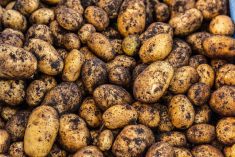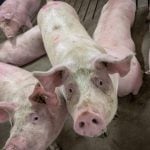In recent years meat fraud has been a growing problem.
Unscrupulous sellers have been caught adulturating beef with cheaper horsemeat and swapping chicken for turkey in sausages labelled 100 per cent turkey.
Now researchers from the Complutense University of Madrid say they’ve developed an electrochemical biosensor that can quickly detect a DNA fragment unique to the horse genome and absent in all other mammals.
“Thus, it is possible to identify selectively and without false positives any type of horsemeat, regardless of race,” said F. Javier Gallego, a genetics researcher.
Read Also

Finally getting paid for sustainable farming?
Alberta project says they might have a line on a workable ecosystem credit model to reward farmers for sustainability, and Manitoba might be next
Until now, the tests and strategies to detect meat adulteration were based on immunological, spectroscopic or molecular biology techniques which were more expensive and took far longer to get results from.
They also weren’t as precise, and were particularly troubled by an inability to detect adulteration both at low levels, and using closely related species, and were not reliable in processed meat products because such products are often heat treated in some way, which affects the ability of tests to detect the proteins.
The new technique can detect differences between samples that are unadulterated and those containing horsemeat at levels as low as half of one per cent.
The multidisciplinary team found better results were obtainable from mitochondrial DNA fragments rather than nuclear DNA, because mitochondrial DNA is more protected and better resistant to possible heat treatments.
Members of the team say the next steps include moving beyond horsemeat and finding similar proteins in other animal species.















